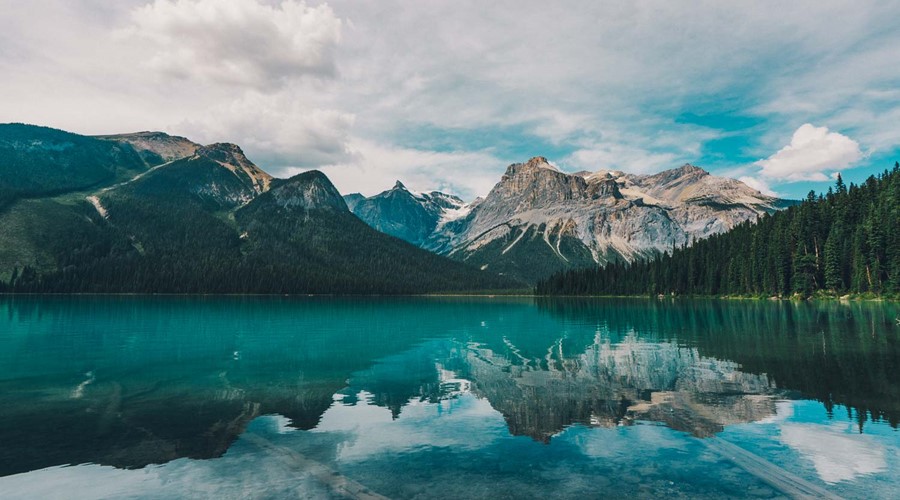Birding Canada West Coast-Wild and Refined Areas for Discovering a Treasure of Sightings

Birding might be prevalent, however it’s never been cool. That is particularly valid for the network of Tofino, on Vancouver Island’s west coast. Canada’s surfing capital remained in for the Oregon coast in the movie ‘The Big Year’ and it has the birds to back up its developing notoriety as a birding goal.
Other than being on the Pacific Flyway—a noteworthy migration course—and an overwintering spot for some species, Tofino harbours numerous extraordinary and stray birds passed over course or completely lost. Obviously Tofino isn’t the main birding spot in Canada. In order to look for most extra ordinary birds, you need to camp Canada and witness the mother nature yourself.
While you camp Canada do not forget to visit these hot spots for birding, we assure you will not regret this.
George C. Reifel Migratory Bird Sanctuary
The numbers state everything at this nature zone on Westham Island in the Fraser River estuary: 240 species, and a total of 1.5 million birds. The 850-hectare haven, an hour from Vancouver, is a prominent winter home of the lesser snow geese. Trails lead around the island and you can also find an interpretive centre there.
Lesser Slave Lake Bird Observatory
The singing birds moving from the northern boreal forest along the east side of the Rocky Mountains get squeezed between Lesser Slave Lake and Marten Mountain, piping them onto the lake’s eastern shoreline. In the fall and spring, about 5,000 birds fly through day by day, offering weight to the Lesser Slave Lake Bird Observatory’s notoriety for being “The Point Pelee of the North.” It’s additionally a problem area for birds banding in the boreal forest with 102 species and checking.
Beaverhill Lake
This shallow lake, 70 kilometres east of Edmonton, draws in up to 50,000 birds at all times, more than 200,000 altogether, during the pinnacle fall and spring migrations. While the forest around the lake is significant for raptors and other upland birds, it’s simply the huge wetland that is the attracts 32 unique types of ducks, geese, swans and shorebirds. The 18 km long, 10 km wide lake is just three meters deep with far reaching and food rich shallow water and mud pads.
Quill Lakes
This place is named after the feather quills that are found on the shore and delivered to England to be transformed into pens, it’s nothing unexpected these preferences are extraordinary for birding. 85,000 geese, 100,000 ducks and 12,000 cranes visit Canada’s biggest saline lake and neighbouring lakes two times every year. The lakes are at the base of a shut drainage from the encompassing glacial moraines, a significant settling and staging region in eastern Saskatchewan.
Cap Tourmente National Wildlife Area
An hour north-east of Quebec City the Canadian Shield meets the St. Lawrence Lowlands, the Appalachian Mountains and the St. Lawrence River at Cap Tourmente making a one of a kind biological system including a tremendous bulrush marsh. This zone was Canada’s first RAMSAR perceived wetland and is secured as a National Wildlife Area.
More prominent snow geese stop here on their yearly migration as do the fiddling ducks, while warblers and other songs birds rush between the slope and the St. Lawrence River. More than 306 species have been IDed in the sanctuary, which incorporates interpretive trails and a centre for the visitors.
Birding is one of a kind experience while you camp Canada. It is nothing short of a startling experience. If you are an adventure freak and loves nature and birds of course, then birding on your camp Canada tour is a must.